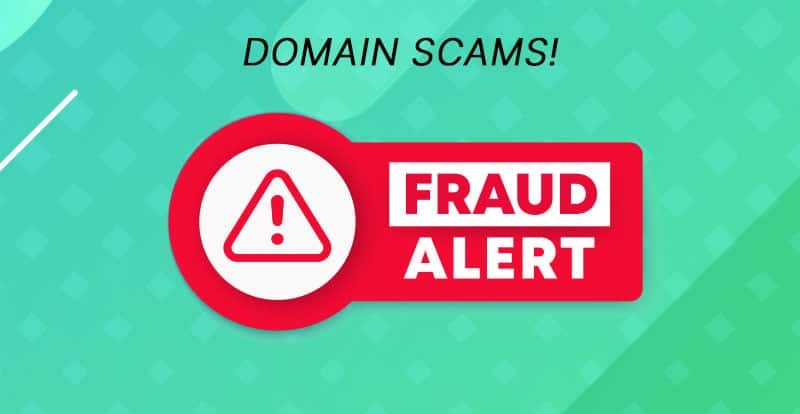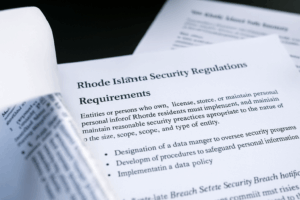Protecting Your Business from Fake Domain Renewal Scams
Maintaining control over your domain name is critical to sustaining your online presence. Unfortunately, scammers are exploiting this necessity with fake domain renewal notices designed to deceive businesses. These scams can result in financial losses, data breaches, and compromised brand integrity.
This blog will explain how domain renewal scams operate, share key red flags to identify them, and outline proactive measures to protect your business.

What Are Domain Renewal Scams?
Domain renewal scams are fraudulent attempts to trick businesses into paying for unnecessary or non-existent services. These scams often involve emails or physical letters that look like legitimate domain renewal notices. They prey on urgency and misinformation, urging businesses to act quickly to “retain exclusive rights” to their domain name.
Common Tactics Used
- Impersonation: Scammers mimic legitimate registrars, using familiar logos or branding.
- Fake Expiration Dates: Notices claim domains are about to expire, even if they are active.
- Misleading Links: URLs in the notice lead to phishing sites or malware.
- Inflated Fees: Scammers charge excessive prices for fake services.
Examples of Domain Scams
1. Domain Slamming
- How It Works: Scammers send renewal notices designed to transfer your domain to their service under false pretenses.
- Impact: Loss of control over your domain and additional fees for unnecessary services.
2. Fake Invoices for Similar Domains
- How It Works: Businesses receive invoices for domains with slight variations (e.g., .net instead of .com).
- Impact: Payment for domains that have no relevance to your business.
3. Phishing Emails
- How It Works: Emails appear to come from your registrar, urging you to “renew now” through malicious links.
- Impact: Phishing links steal your credentials, allowing scammers to hijack your domain.
Red Flags to Watch For
- Urgency Tactics: Language like “Act Now” or arbitrary reply-by dates.
- Inconsistent Domain Details: Incorrect expiration dates or domain extensions.
- Suspicious URLs: Always verify the sender’s domain by typing it directly into your browser.
- Unsolicited Communication: Legitimate registrars do not pressure clients for renewals or transfers.

How to Protect Your Business
1. Verify Your Registrar
Always confirm domain renewal notices with your actual registrar. Avoid interacting with unsolicited communications and verify the authenticity of any notices you receive.
2. Secure Your Domain
Use domain lock features and secure your accounts with multi-factor authentication (MFA) to prevent unauthorized changes.
3. Implement DNS Protections
Add DNS records such as DMARC, DKIM, and SPF to protect your domain from spoofing and phishing attacks.
4. Educate Your Team
Train employees to recognize phishing attempts and the common tactics used in domain scams.
5. Monitor and Report
Use tools to track domain expiration dates and report suspicious activities to your registrar or cybersecurity team.
Wrapping up
Domain renewal scams are a growing threat that businesses cannot afford to ignore. By understanding how these scams operate and implementing proactive security measures, you can protect your domain, your data, and your reputation. Stay vigilant, educate your team, and work with trusted providers to safeguard your online presence.



